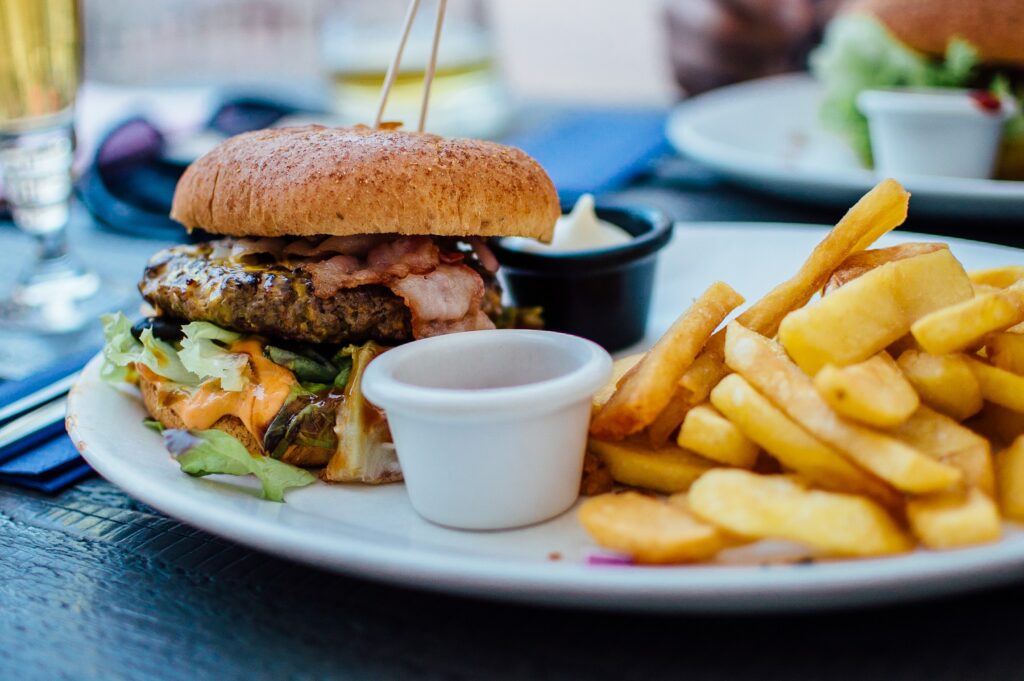We have to stop marketing junk food to children
HTLibrary | May 14, 2019 | Comments 0

Imagine being able to walk into a grocery store with your children and not have to fend off endless demands to buy kid-branded food products because there are none in sight. This peaceful scenario could become a reality if Bill S-228 passes in the Canadian senate.
The bill, introduced in 2016 by former senator and Olympic ski champion Nancy Raine Greene, would prevent food and beverage companies from marketing to children under age 13 across all forms of media – TV, Internet, billboards, magazines, radio, bus stop posters, and even food packaging itself. Marketing of foods and beverages that contain more than 5 percent of the recommended Daily Value (DV) for sodium, sugar, or saturated fat would be restricted. Currently, this includes the vast majority of foods that are typically marketed to kids. Mary L’Abbé, researcher at the University of Toronto, wrote in the Star that her lab has examined more than 15,000 foods (roughly three-quarters of the Canadian processed food market):
“We found that with the proposed DV threshold, only 16 percent of all products could be marketed to kids, and just 2 percent of products which currently have child-directed packaging meet the threshold.”
So, it’s clear that such legislation would have a serious effect on manufacturers, which is why they’re fighting it fiercely and the bill has stalled after its third reading in the Senate last fall. The CBC recently published a confidential letter from the heads of advertising, food processing, and retail companies, asking senators to withhold their support.
This is unacceptable, considering the good such a bill could do. Children are vulnerable citizens, lacking media savviness and susceptible to popular opinion. They are developing their own taste preferences and establishing eating habits that will stick with them for life (or be very hard to shake, especially if they’ve gained weight at a young age). They are also in great need of healthy nutrients to support rapid physical and mental growth. Dietitian Cara Rosenbloom makes the argument in Today’s Parent:
“There’s a known correlation between current food marketing and the rising rates of childhood obesity and chronic diseases including heart disease, type 2 diabetes and some types of cancer. Currently, 90 percent of the foods marketed on TV are high in salt, sugar, calories and fat, and that’s what our children are being encouraged to eat.”
Bill S-228 would work in two ways, as described by Prof. L’Abbé in University of Toronto magazine (Spring 2019):
“It reduces the amount of marketing that children and parents are exposed to, and it also works as an incentive to the food industry to reformulate foods. We saw that happen with trans fats: virtually every company has reformulated their foods to get below the regulations.”
Both points are important, but I think the latter is particularly profound. Of course people need to take responsibility for themselves, but for too long we’ve shouldered all that responsibility without expecting much from the companies that produce and sell us our food. It’s the same argument we’ve used many times on this website for plastic packaging; it shouldn’t be our job to clean up the detritus of a broken system.
This has to change. To quote L’Abbé again, “We want more of the onus to be put on the system rather than the individual to find the healthiest food… We want to help minimize the [parent’s] struggle.”
Source:https://www.treehugger.com/health/we-have-stop-marketing-junk-food-children.html
About the Author:
